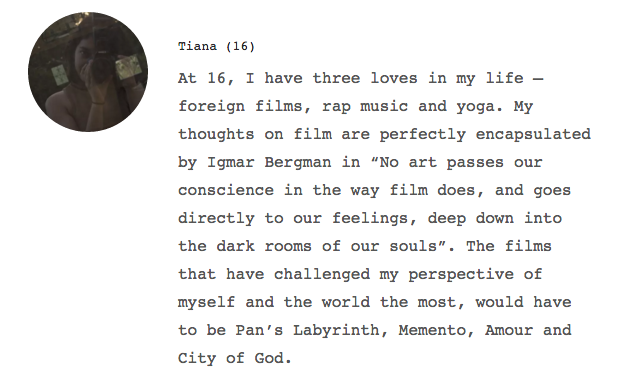Wolf and Sheep by Shahrbanoo Sadat is not a political film, however is a political statement in itself, proving an alternative view to the clichéd narratives that dominate international versions of Afghanistan- ones that reduce Afghanistan to war and violence. Sadat, instead, makes a film that is refreshing and honest, one that is grounded in her own experiences and life, drawn from features of Cinéma vérité while combining magic realism to convey the rich culture and stories of the people.
What stands out about Wolf and Sheep is its sense of authenticity. The film is largely a series of everyday routines and conversations of children and adults from a rural village in central Afghanistan. Capturing the small moments that define everyday life, from herding sheep to making bread to skimming rocks, the film is slow journey that focuses on the details. In particular, we see the journey of Quodrat ( Qodratollah Qadiri), a boy with family issues at home and Sediqua (Sediqa Rasuli), a young girl treated as an outsider by the other children.
Both children as well as the rest of the cast come from non-acting backgrounds and are individuals who live in villages in Afghanistan. This reflects the documentary-like features of the film inspired from Cinéma vérité. However Sadat also intercuts the film with images associated with the Kashmir Wolf story, a traditional story passed down orally in rural Afghanistan. Through her use of the metaphysical world, Sadat is able to provide a cultural depth in her portrayal of the people and their realities.
That’s what special about Sadat’s film. It challenges audiences to look past the commercialised and dramatic scenes we associate with countries such as Afghanistan and often demand from films. It counters convention and as such though it may seem slow and less refined to what audiences are used to, it is an important step especially in regards to Afghan cinema. It is important in the representation of people whose stories are marginalised in cinema.
The film however does tend to jump from place without a plot to necessarily guide it. Though Wolf and Sheep is part of a larger 5 film pentalogy in production and as such follows a storyline over the course of a lifetime, the somewhat fragmented structure of the film has trouble engaging audiences. However, the humorous dialogue between the children seems to serve the purpose. If not for that, it also delicately humanizes the children, making them more than just a poster for poverty or war.
Moreover, the film itself never enters within the village nor does the camera follow inside the homes of the people. As such a sense of disconnection is maintained throughout, with the camera asserting the audience’s position as an outsider. However, by providing so little information, the film makes audiences focus on the universal moments of everyday life rather than giving room for stereotypes or judgement to cloud the film.
Wolf and Sheep screened at the Sydney Film Festival.
 y Film Festival
y Film Festival
